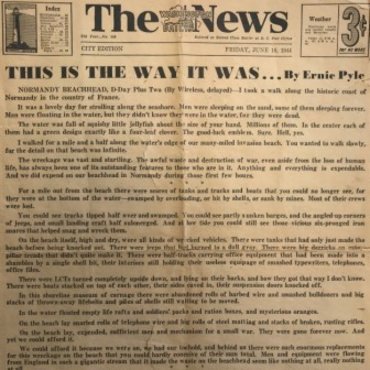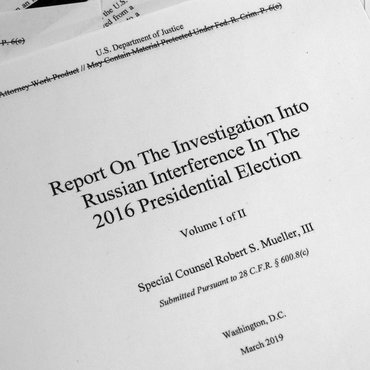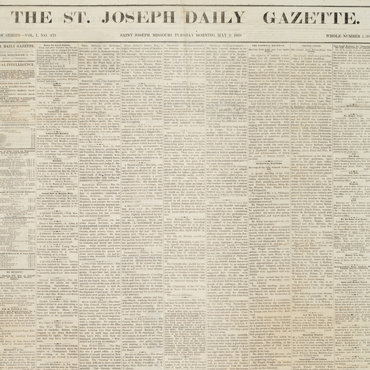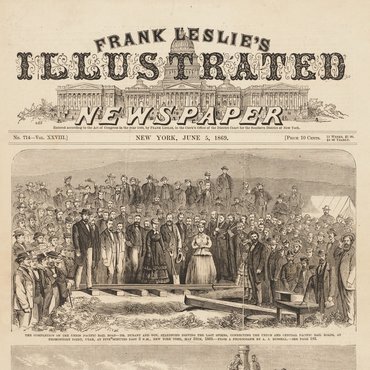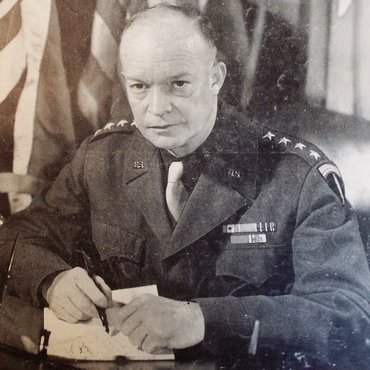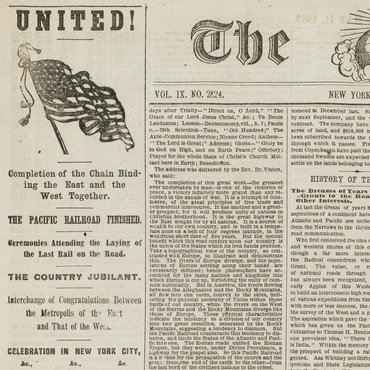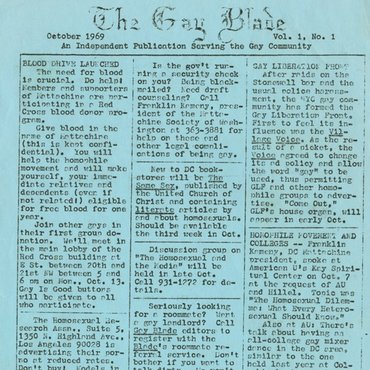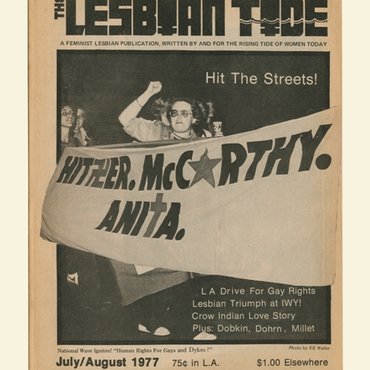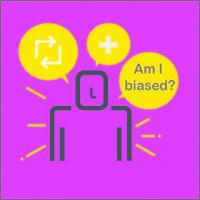
Lesson Plan
Confronting Confirmation Bias
Students consider how confirmation bias and motivated reasoning shape the way we respond to evidence presented in news and opinion pieces.
Get even more great free content!
This content contains copyrighted material that requires a free NewseumED account.
Registration is fast, easy, and comes with 100% free access to our vast collection of videos, artifacts, interactive content, and more.
Sign Up
?
NewseumED is provided as a free educational resource and contains copyrighted material. Registration is required for full access. Signing up is simple and free.
With a free NewseumED account, you can:
- Watch timely and informative videos
- Access expertly crafted lesson plans
- Download an array of classroom resources
- and much more!
Duration
30-60 minutes
Topic(s)
- Journalism
Grade(s)
- 6-12
- Review the information below on confirmation bias and motivated reasoning. For additional background, you may wish to read these brief articles:
- The Psychology Behind Fake News (KelloggInsight)
- Motivated Reasoning: A Philosopher on Confirmation Bias (NPR)
- Tell students that today they’ll be focusing on how confirmation bias and motivated reasoning affects our engagement with information online.
- Have students read the “Psychology Today” article about confirmation bias. As a class, define confirmation bias. Be sure your definition includes the fact that it a natural tendency in everyone, not any one group, and that it applies to many areas of daily life.
- Discuss the article’s suggestions for counteracting confirmation bias: being curious, seeking out different opinions and being conscious of your thinking process. Do you think these can work?
- Explain that many psychologists pair confirmation bias with a phenomenon called motivated reasoning. This describes our tendency to evaluate information based on the outcome we want to reach. In other words, if I love sleeping in on the weekends and I read a study about the negative effects of sleeping in on the weekend, I am more likely to try to find reasons to discount the study’s conclusion. If I don’t like sleeping in and read the same study, I’m more likely to think it presents strong evidence. We weigh information with our thumb on the scale to try and get the outcome to match up with our beliefs.
- Ask for a show of hands: How many students think school should start later? Earlier? Divide students into pro- and anti- groups. Distribute the school start times articles worksheet, then discuss their answers.
- Confronting Confirmation Bias worksheet (download), one per student or small group
- “Psychology Today” article Confirmation Bias: Why You Make Terrible Life Choices (download, http://archive.is/u7cKp), one per student
- Two articles on school start times, Teens May Do Better When School Starts Later (download, time.com/4741147/school-start-time/) and Later Starts Disrupt Families: Opposing View (download, http://archive.is/FtKYf), one each per student
- Internet access (optional)
- Was it easier to find reasons that supported your position or the opposite one?
- Did you think one article was more persuasive than the other? Why? Was it the one that supported your position or the opposite view?
- Have you ever changed your mind on an issue or topic that you felt passionately about? If so, what was it, and why did you change your mind? If not, can you think of an issue you might be persuaded to change your mind about? What would it take?
- How might thinking about confirmation bias and motivated reasoning change your own daily online habits?
- How are these concepts related to the problems of junk news and misinformation online? People are more likely to believe and share things that reinforce existing beliefs and may fail to see that information is flawed when they want it to be true.
-
Common Core State Standards: CCSS.ELA-LITERACY.CCRA.R.1
Read closely to determine what the text says explicitly and to make logical inferences from it; cite specific textual evidence when writing or speaking to support conclusions drawn from the text. -
Common Core State Standards: CCSS.ELA-LITERACY.CCRA.R.6
Assess how point of view or purpose shapes the content and style of a text. -
Common Core State Standards: CCSS.ELA-LITERACY.CCRA.R.8
Delineate and evaluate the argument and specific claims in a text, including the validity of the reasoning as well as the relevance and sufficiency of the evidence. -
Common Core State Standards: CCSS.ELA-LITERACY.CCRA.SL.1
Prepare for and participate effectively in a range of conversations and collaborations with diverse partners, building on others' ideas and expressing their own clearly and persuasively. -
Common Core State Standards: CCSS.ELA-LITERACY.CCRA.SL.2
Integrate and evaluate information presented in diverse media and formats, including visually, quantitatively, and orally.
-
NCSS C3 Framework: D4.1.6-8 and D4.1.9-12
6 - 8: Construct arguments using claims and evidence from multiple sources, while acknowledging the strengths and limitations of the arguments. 9 - 12: Construct arguments using precise and knowledgeable claims, with evidence from multiple sources, while acknowledging counterclaims and evidentiary weaknesses.
-
ISTE: 3b. Knowledge Constructor
Students evaluate the accuracy, perspective, credibility and relevance of information, media, data or other resources.
-
National Council of Teachers of English: NCTE.12
Students use spoken, written, and visual language to accomplish their own purposes (e.g., for learning, enjoyment, persuasion, and the exchange of information).





































